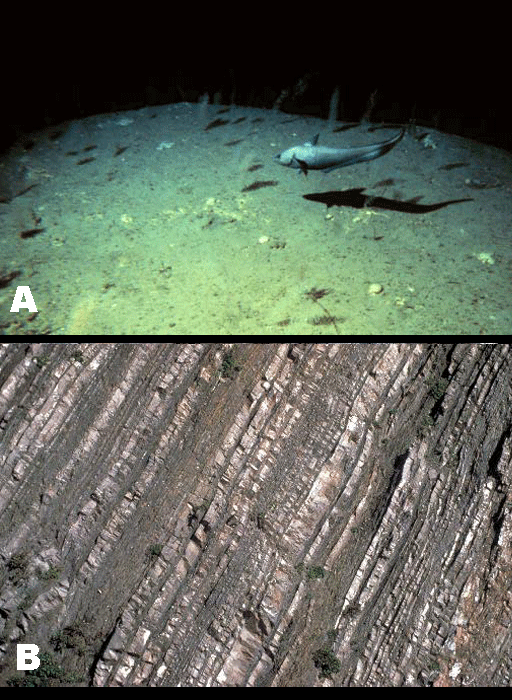
People can't make their homes in the deepest parts of the ocean but many other animals do. Can you spot any of these sea creatures in (A) living in the muddy sediment? At times, an avalanche of sand and mud rumbles down from shallower areas and forms a thin layer. You can see many layers from underwater avalanches that were preserved in the rock in (B).
How do people get to the deep sea? Using a submersible like Alvin!
Back to the Table of Environments
(A) Martin Miller, University of Oregon, courtesy of Earth Science World Imagebank and (B) Courtesy of NOAA.
Last modified January 6, 2004 by Lisa Gardiner.
You might also be interested in:
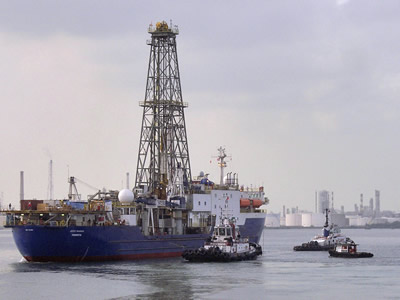
A team of scientists is out in the Pacific Ocean by the equator in order to collect sediment cores from the ocean floor. The sediment cores contain information about the Earth's past climate that will
...more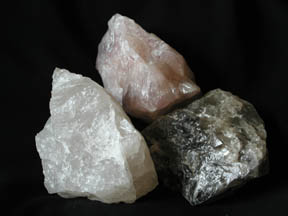
Spotting minerals is fun! There are many different types of minerals. Each has a different name and special traits. You can learn more about minerals by looking closely at them to understand their special
...more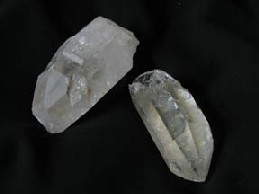
This mineral is called quartz! Sometimes it looks white like milk but usually it looks clear like glass, sometimes with a little pink or gray tinge of color. You can find crystals of quartz in many different
...more
Mica minerals make some rocks sparkle! Look for them in your igneous and metamorphic rocks. Do they make your rocks sparkle? They break into flat plates because they have cleavage.
...more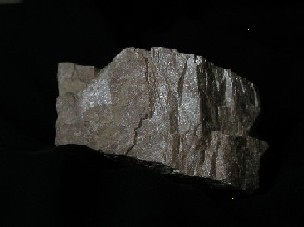
This is a feldspar mineral! Look for it in igneous rocks where it looks like white or pink crystals. You might find it in other types of rocks as well.
...more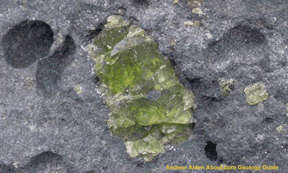
The mineral that is green is called olivine! Look for it in igneous and metamorphic rocks. In this picture, olivine is filling a hole in the igneous rock.
...more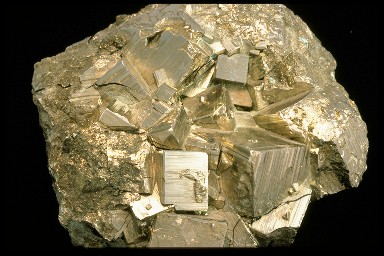
There are at least 2000 minerals on Earth. That's a lot of minerals! But you don't need to know all of them to spot the minerals lurking in the rocks of your backyard. That is because only a small number
...more















